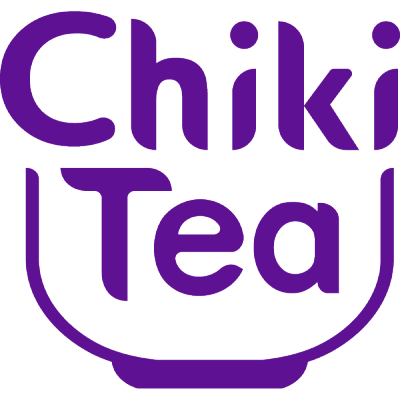Sencha with a TWIST : Japanese Green Tea innovation
- Holly Helt
As you probably already know, Shizuoka is one of the largest tea producing regions in Japan. At the end of October, the city hosted its tri-annual tea fair, the World Tea Festival or “Ocha Matsuri” in Japanese. Since it happens just once every three years, there was no way I was going to miss it!
Apart from meeting some of the top dogs in the Japanese tea industry, a few other highlights included: an award-winning $200 bottled tea (which tasted AMAZING); hand-rolled sencha; and a mill-your-own-matcha stand!
But one of the most fascinating discoveries was at the Shizuoka Tea Research Institute stand. With some of the brightest minds in the Japanese tea industry working solidly since the 2013 Ocha Matsuri, these folks have created a new tea production technique to yield a more fragrant sencha. After laboring for three years, they were excited to unveil two teas (a yabukita and a sayamakaori) at the event, processed by this method in an attempt to gain feedback and make any necessary improvements. It appears that the reason they are even going down this path is due to the popularity of Chinese teas in the West–at least, that is my take on it. While they might deny this, it does look like a response to the strength of the Chinese market: aromatic oolongs, floral greens, punchy pu’ers, and growing market appeal.
In a previous post, I talked about some of the challenges the loose leaf tea industry faces in Japan. It is very reassuring to see the Japanese tea industry experiment in such a left-field way because it is this kind of innovation that could keep them firmly on the tea map.
This new process involves withering the leaves for 12 hours before steaming – a method more associated with Chinese tea – providing a stronger aromatic finish to the sencha. It is a radical breakaway for the slightly staid Japanese market, a bold move indeed and something that is bound to raise eyebrows among traditionalists.
The result is something between a green tea and an oolong: you get an “oolongesque” aroma and flavor coming through on the mid palette and backend along with all the classic sencha notes throughout.
I thought it was a winner. Although I steer clear from flavored teas and most tisanes in general, I have to admit that this was a very good first effort – a tea with genuine substance and unique qualities – certainly not just a gimmick or a mad-cap initiative. They will continue their program in order to hone the flavor even more so these are exciting times indeed and we wish them all the best. Now they just need to find producers who will buy into this rather maverick idea and learn the technique!
But first, these scientists could use your help! I have agreed to get samples for 20 people to try with the commitment of providing feedback in English that I can then have translated for the Institute. If you fancy being at the forefront of Japanese tea innovation (!) and want to have a say in the matter, send me a direct message and I will get samples to the first 20 who respond. Contact me at holly@chikitea.com .

About Holly Helt
Holly is American and grew up in Japan drinking Japanese tea from age-three. She has studied two methods of tea ceremony, Urasenke and the lesser-known Yabunouchi, which has a direct lineage to Sen-no Rikyu (known as the father of the tea ceremony) ; it's also the school of practice for samurai. In 2012 she founded Chiki Tea - an online retailer of Japanese green teas, all sourced directly from small farms in Japan. Splitting her time between Japan and her home in Texas, Holly strives to bring the best teas from Japan to as many people as she can find to share in her life's passion.
